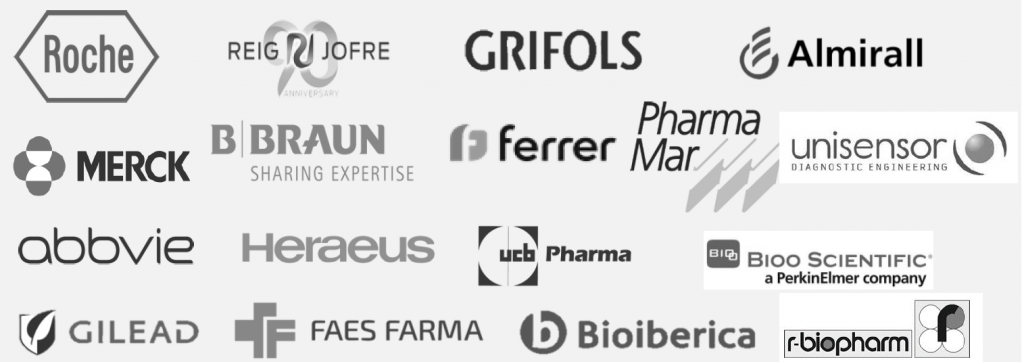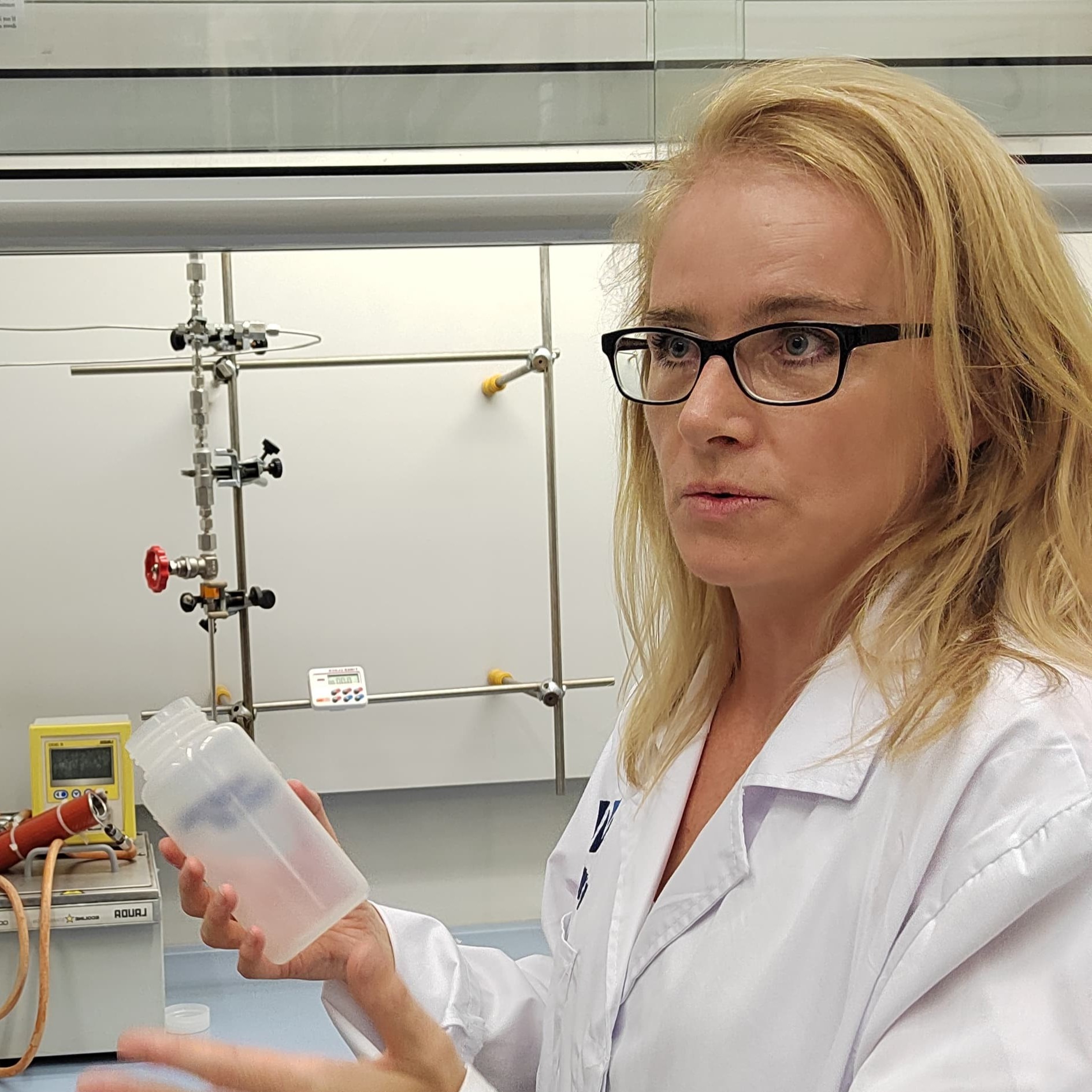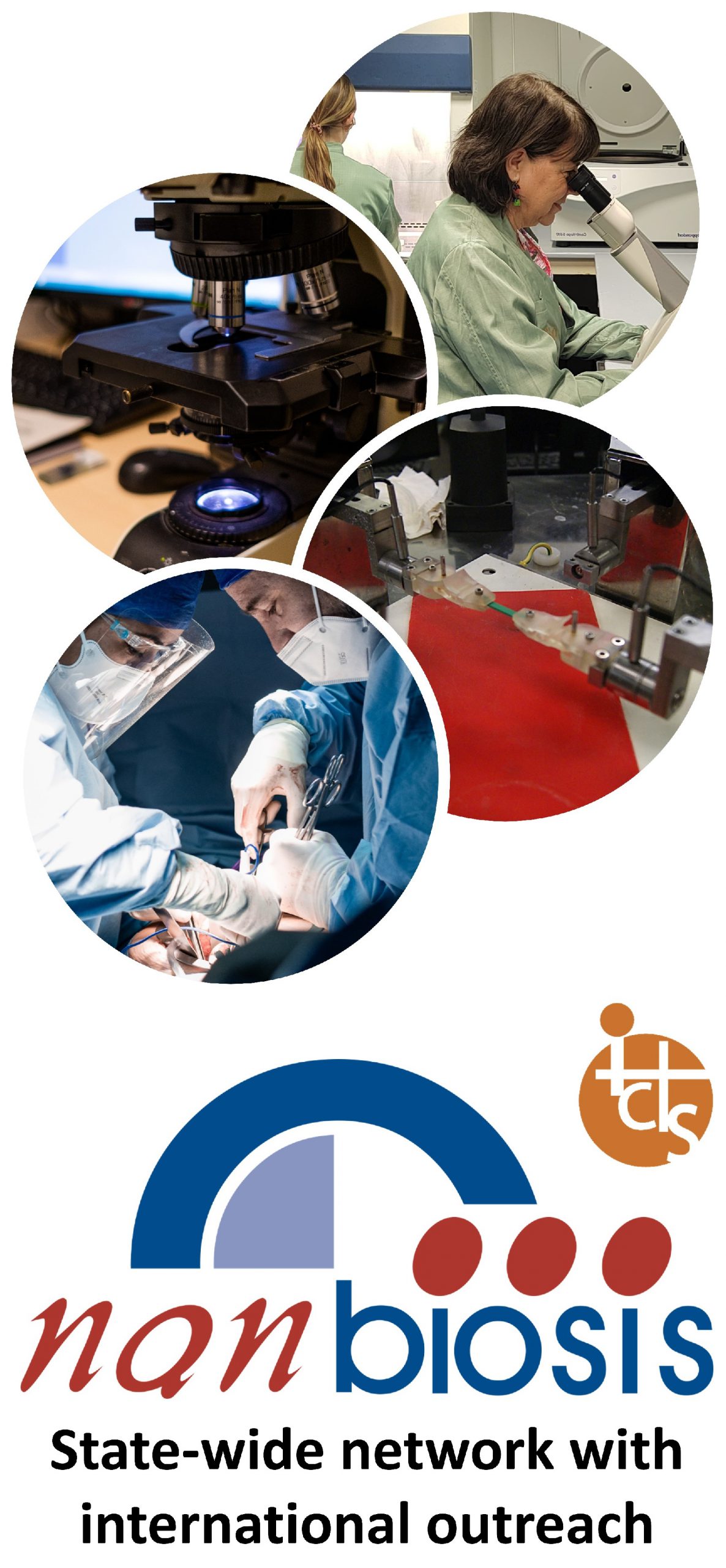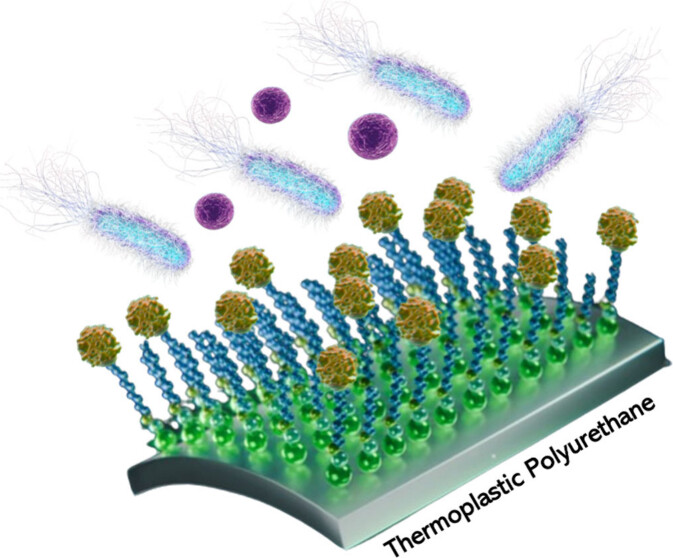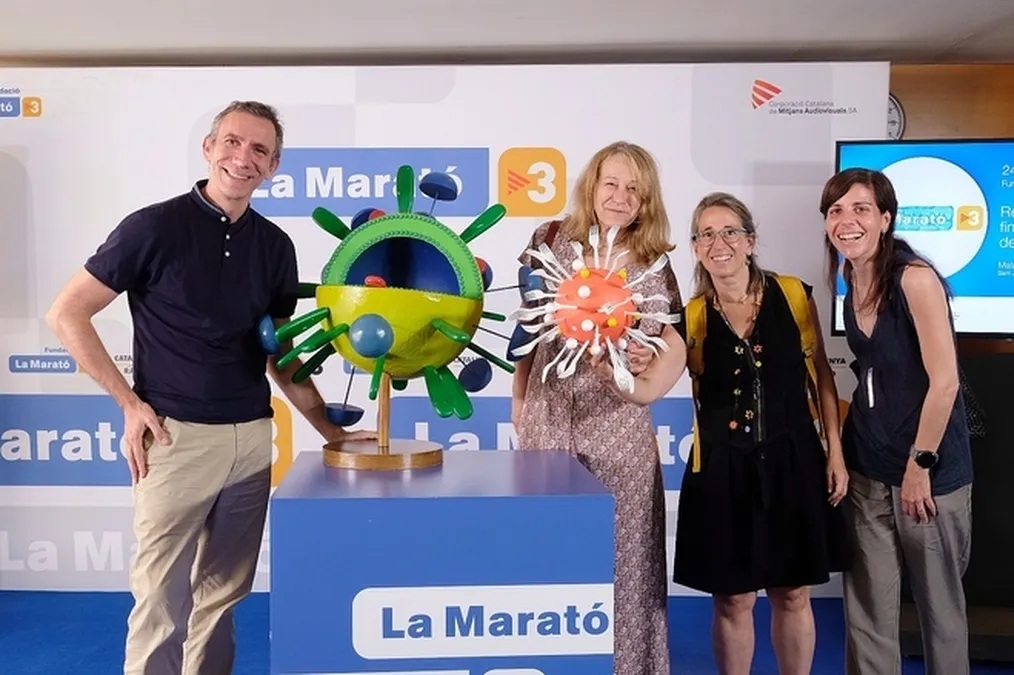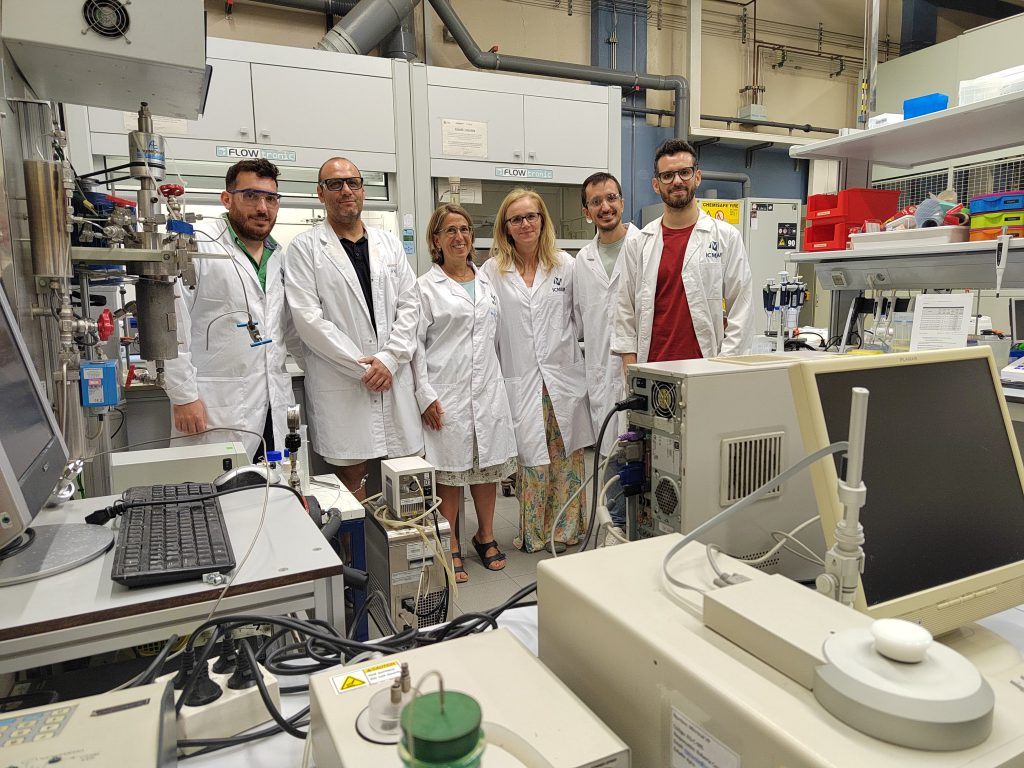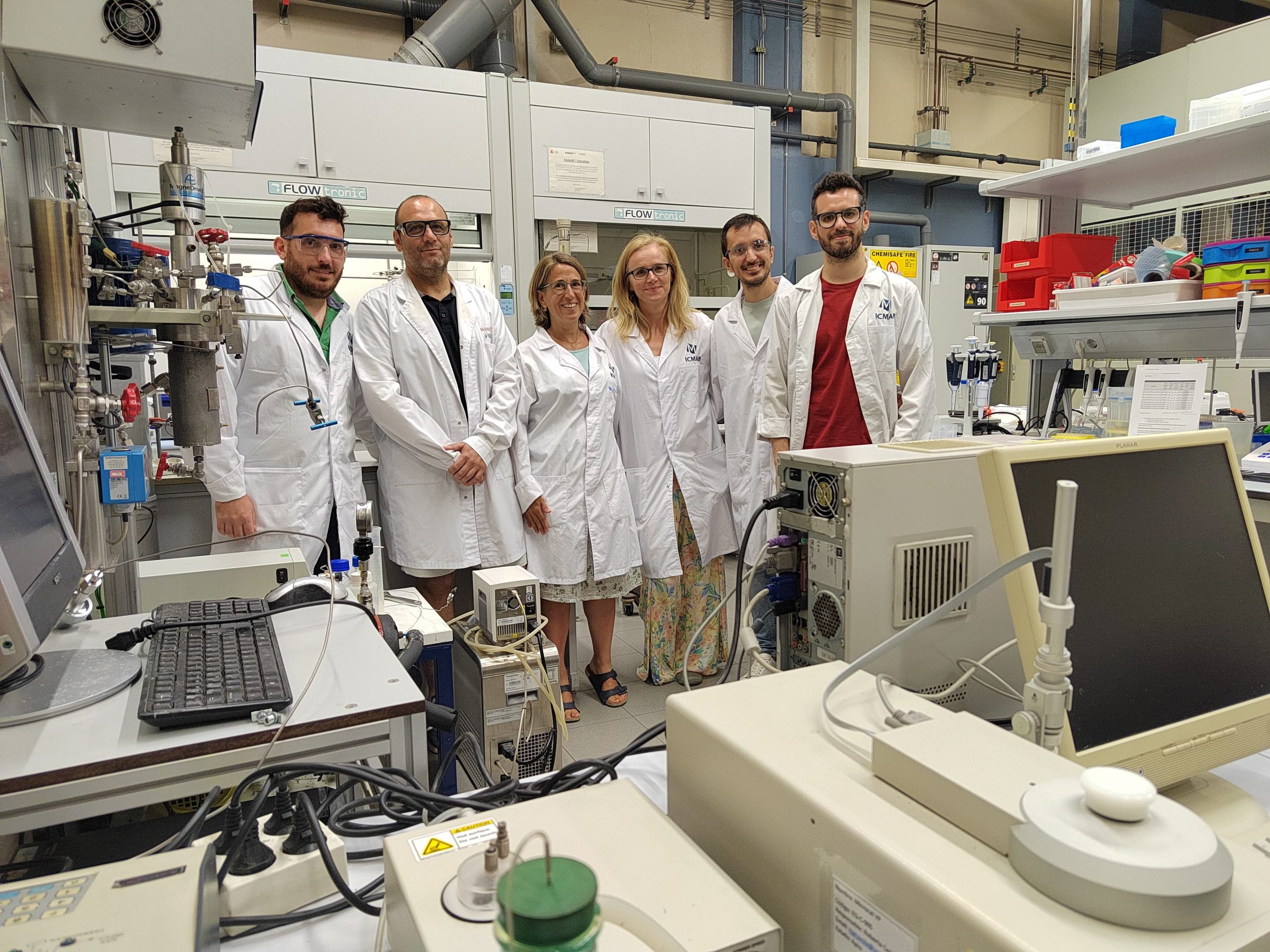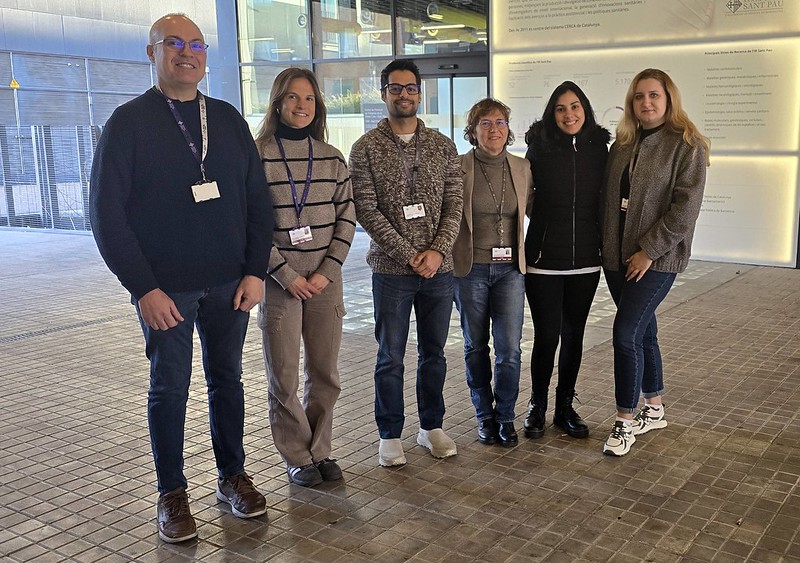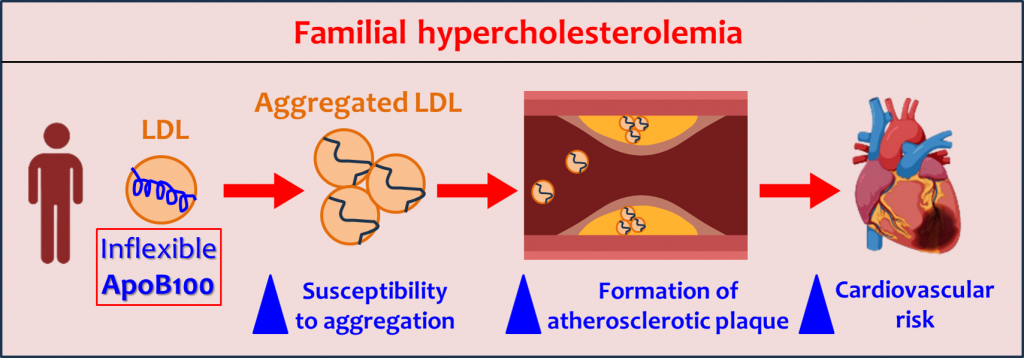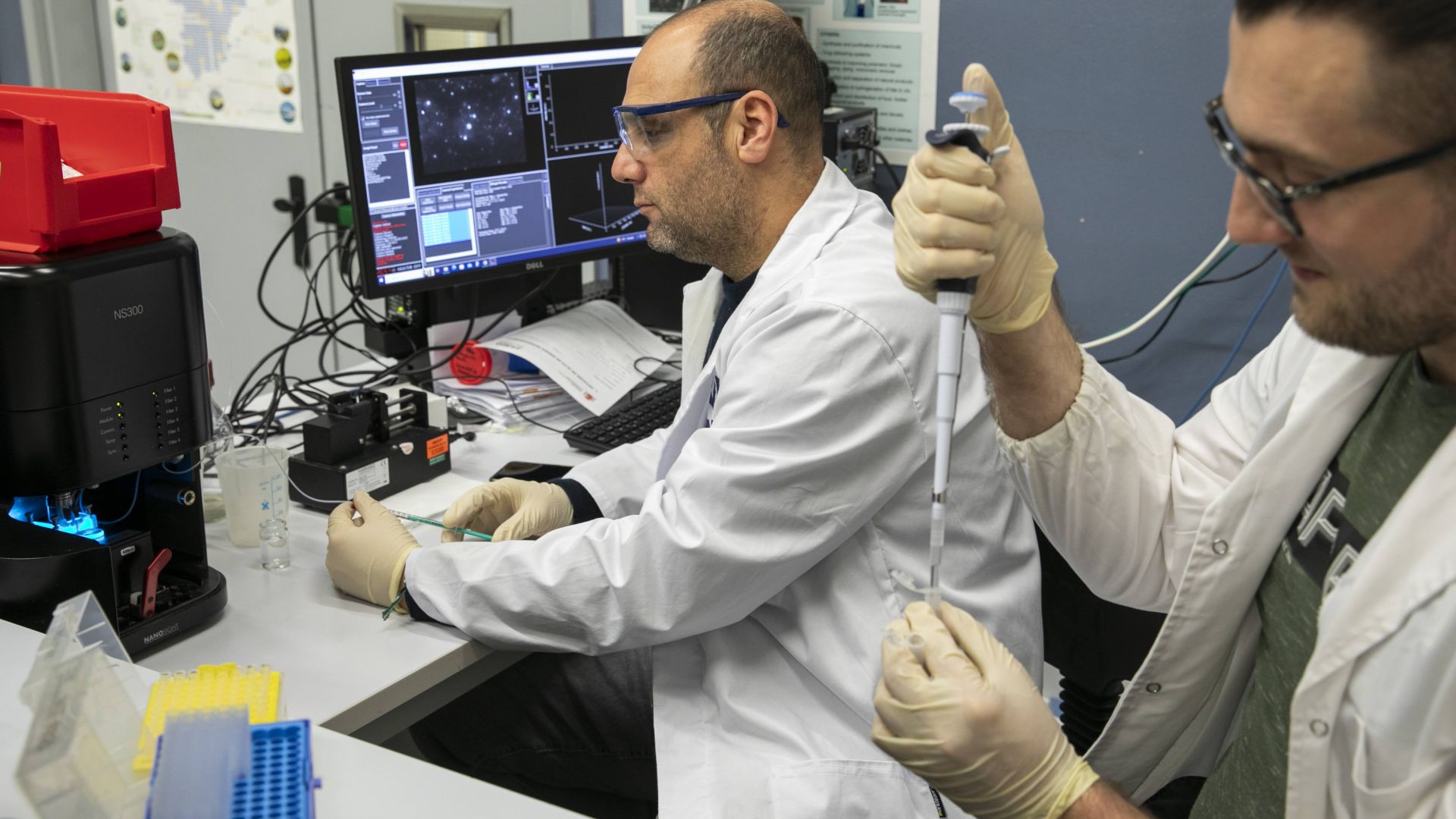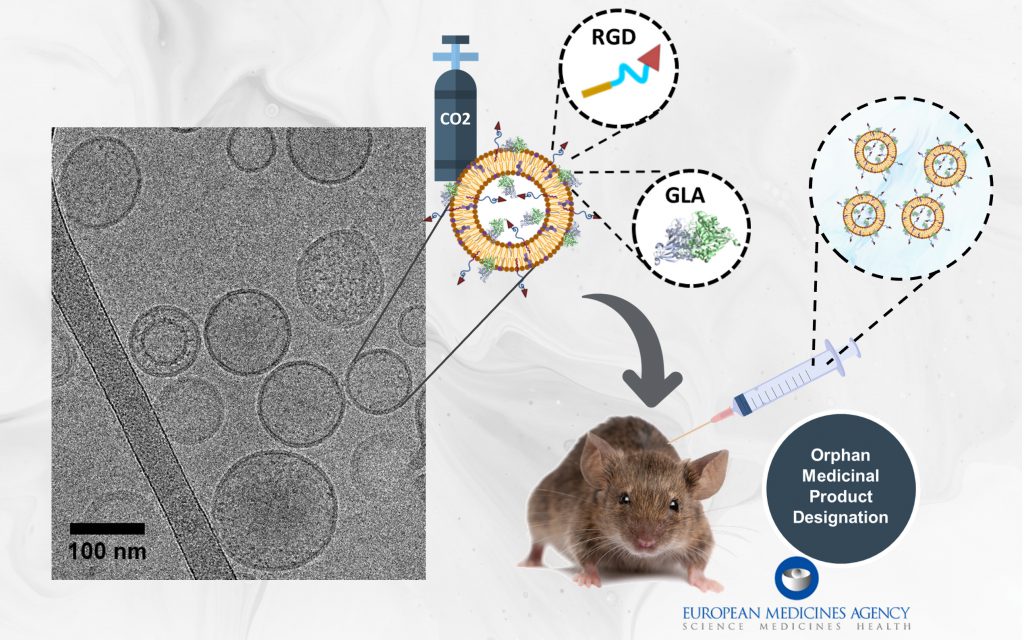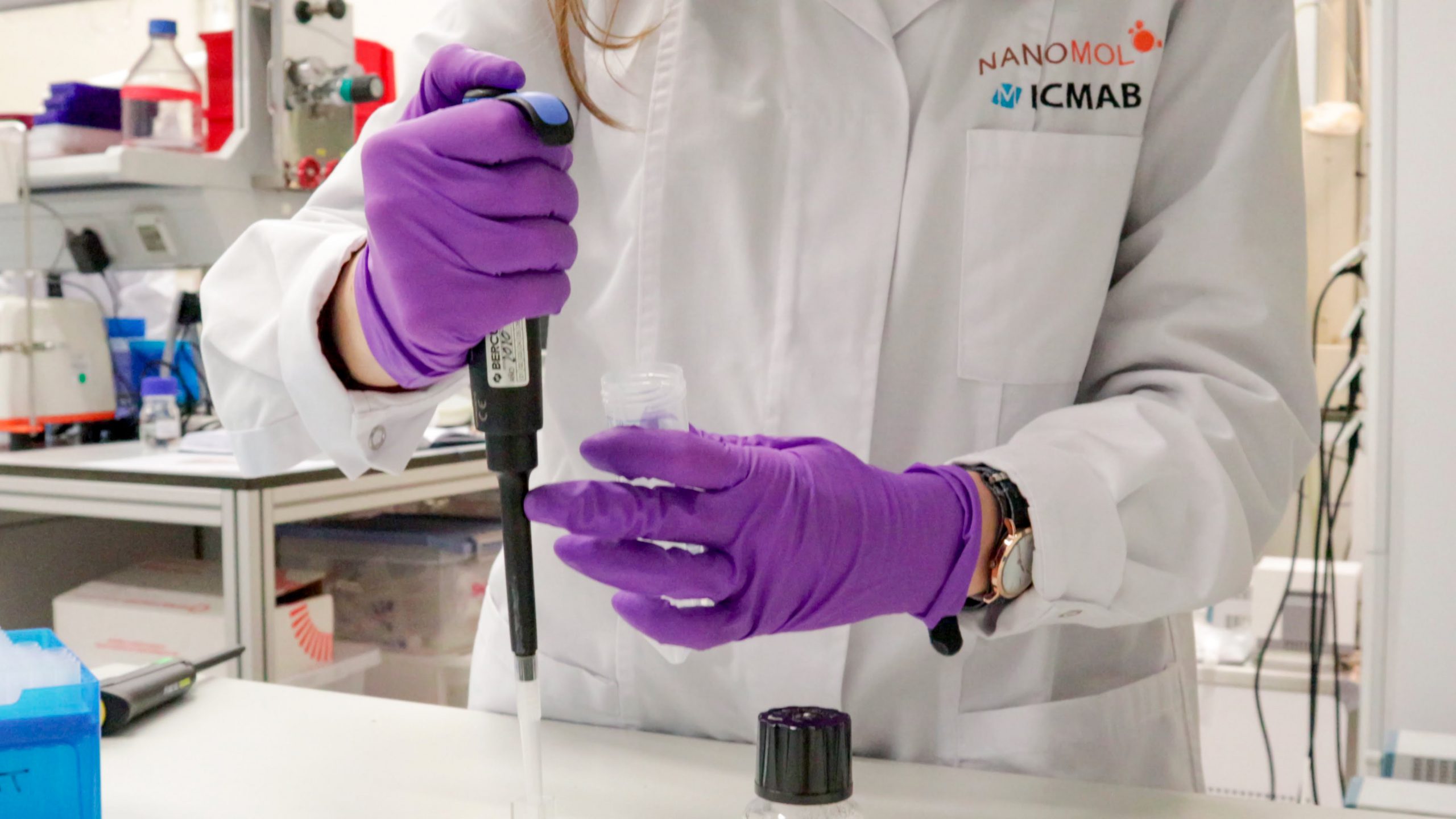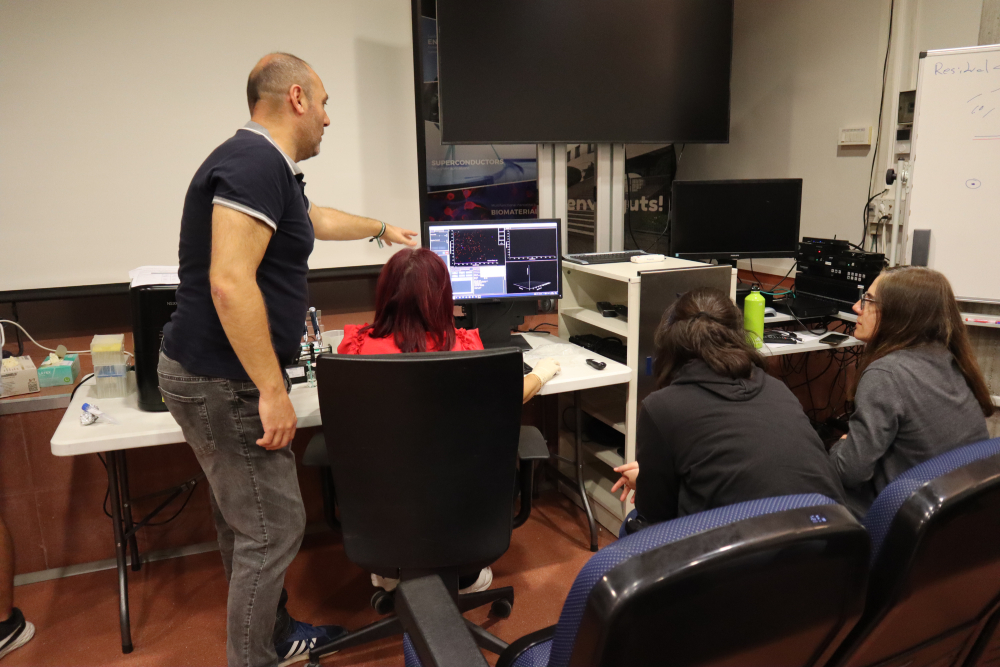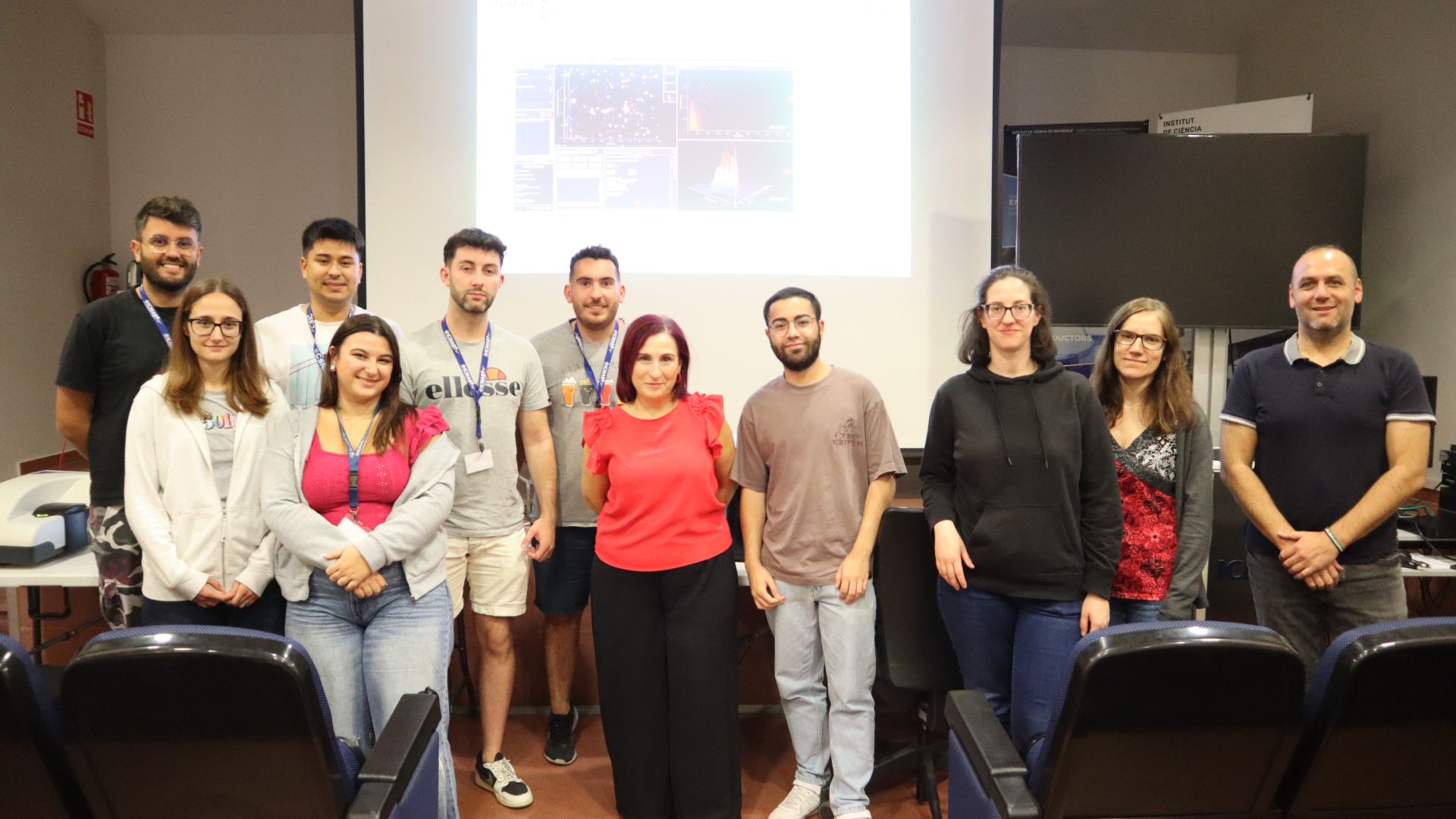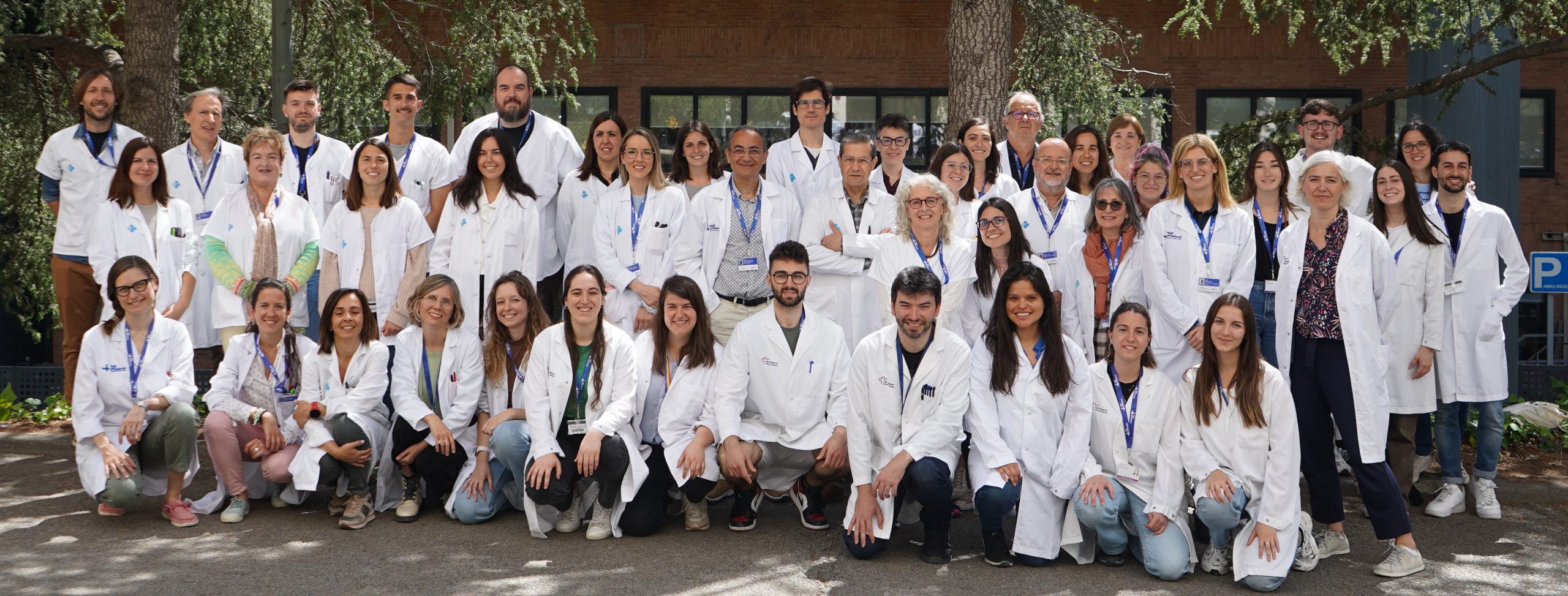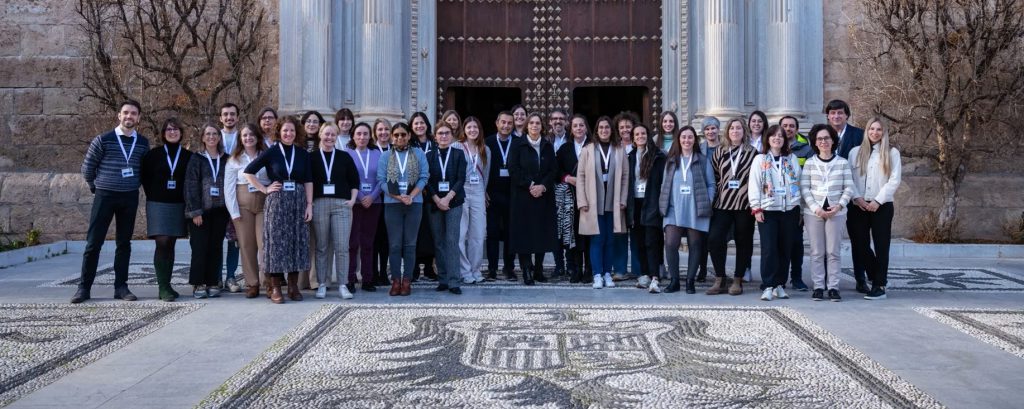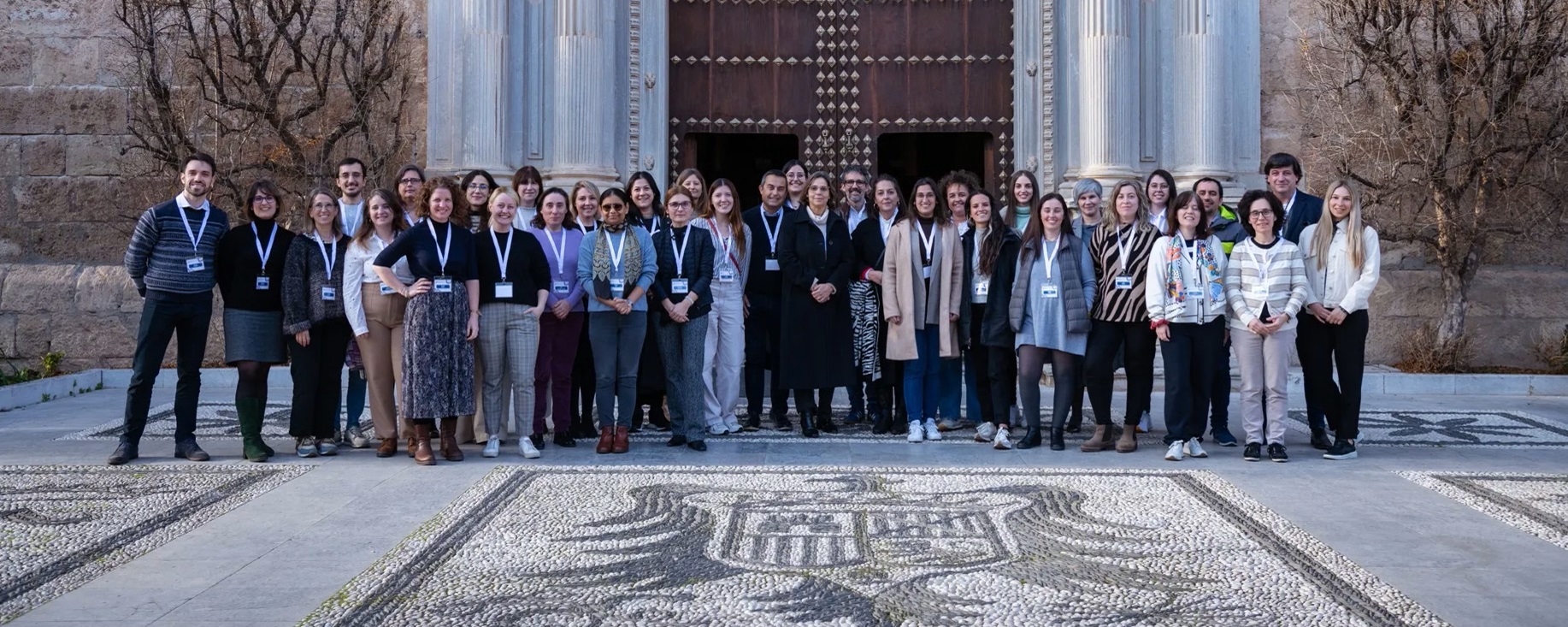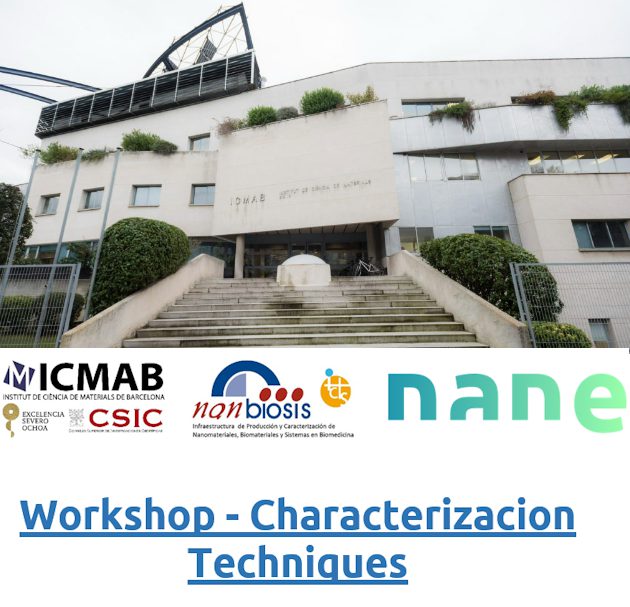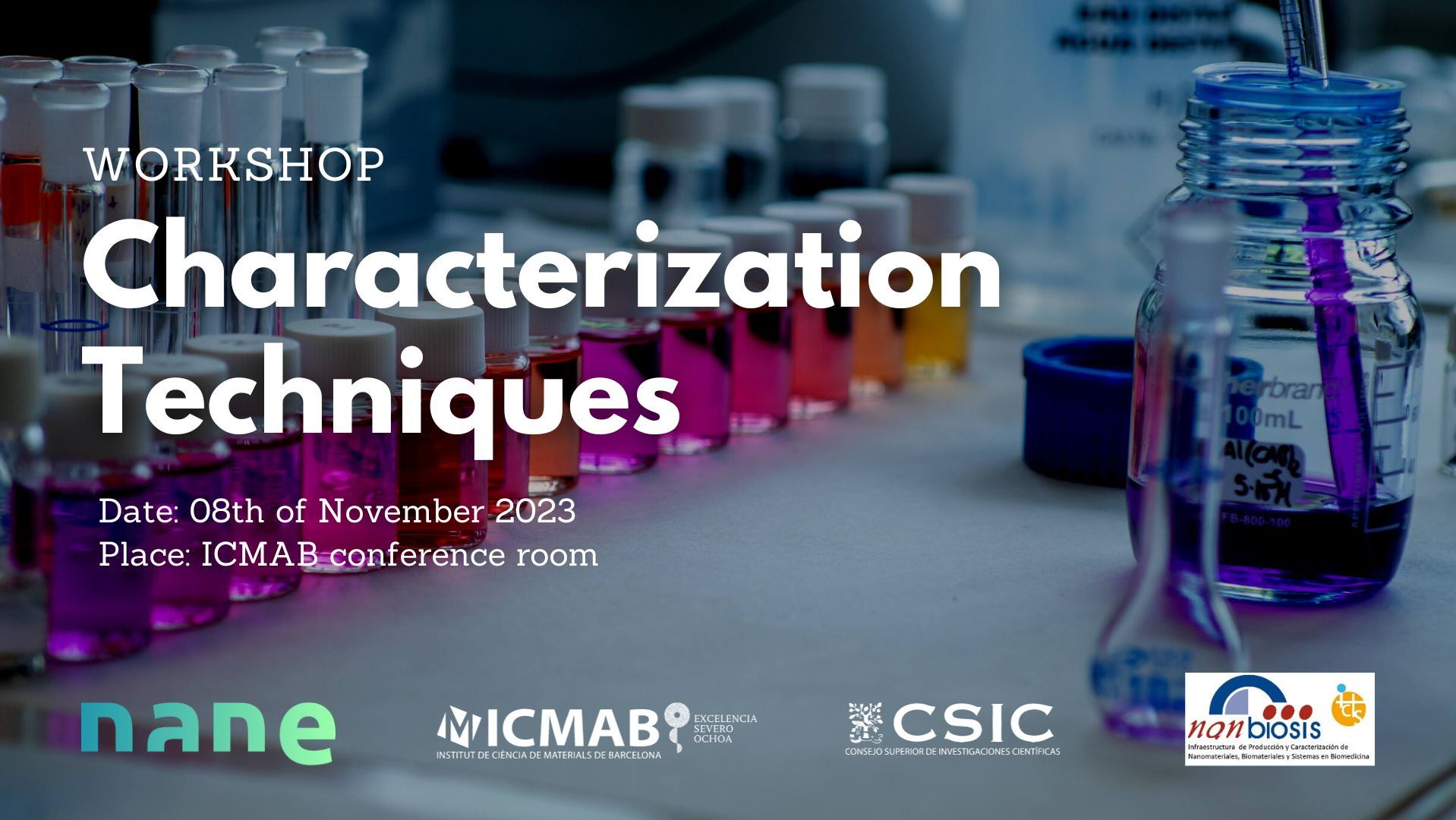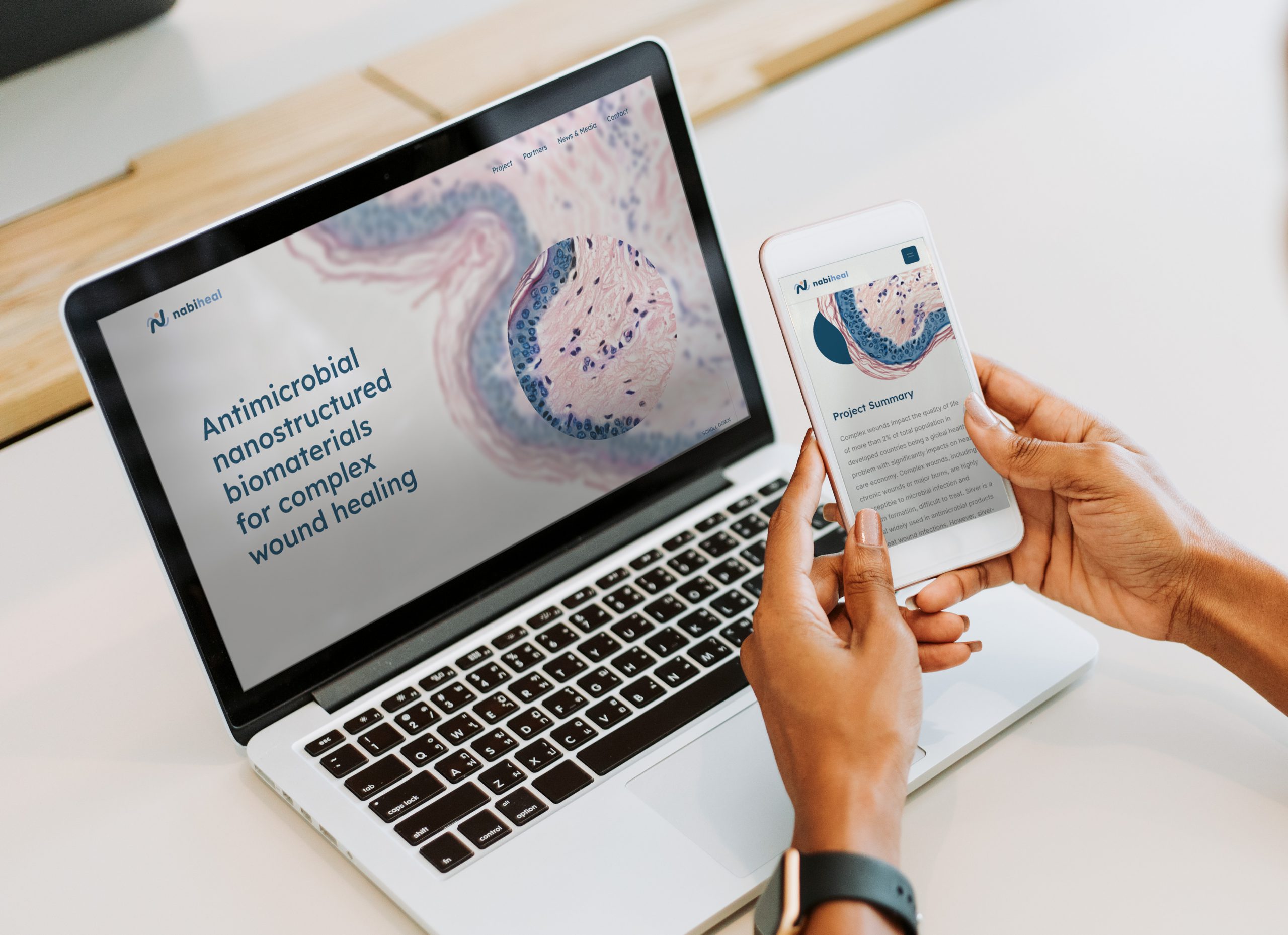New hands-on material characterization seminar by NANBIOSIS experts and NANE
Technical Seminar on Materials Characterization by NANBIOSIS Unit 6 & NANE on April 1, 2025, at ICMAB-CSIC. Hands-on training & latest techniques. Register now!
Barcelona, march 2025. The Soft Materials Lab – NANBIOSIS Unit 6, in collaboration with NANE, is pleased to invite researchers, professionals, and students to a Technical Seminar on Materials Characterization. The event will take place on Tuesday, April 1st, 2025, from 9:30 AM to 5:00 PM at the Institute of Materials Science of Barcelona (ICMAB-CSIC).
This seminar will provide attendees with an opportunity to explore the latest advancements in particle size analysis techniques and gain hands-on experience with state-of-the-art equipment. Participants will be introduced to techniques such as laser diffraction analysis, dynamic light scattering (DLS), nanoparticle tracking analysis (NTA), and other advanced characterization methods.
Seminar Structure
- Theoretical session: Overview of fundamental principles and recent developments in materials characterization.
- Practical session: Hands-on experience with cutting-edge equipment and analytical techniques.
Attendees who require proof of participation can request a certificate of attendance from the organizing company.
Registration and Contact Information
Interested participants can register [here] to attend this seminar.
For more information, you can contact NANE at:
- Phone: +34 911 175 111
- Email: info@nane.pro
Alternatively, you may reach out to Amable Bernabé (Soft Materials Lab – NANBIOSIS UNIT 6) at jabernabe@icmab.es.
This seminar is a valuable opportunity to enhance your knowledge and practical skills in materials characterization. We look forward to your participation!
What is NANBIOSIS?
The goal of NANBIOSIS is to provide comprehensive and integrated advanced solutions for companies and research institutions in biomedical applications. All of this is done through a single-entry point, involving the design and production of biomaterials, nanomaterials, and their nanoconjugates. This includes their characterization from physical-chemical, functional, toxicological, and biological perspectives (preclinical validation).
In order to access our Cutting-Edge Biomedical Solutions with priority access, enter our Competitive Call here.
NANBIOSIS has worked with pharmaceutical companies of all sizes in the areas of drug delivery, biomaterials and regenerative medicine. Here are a few of them:
